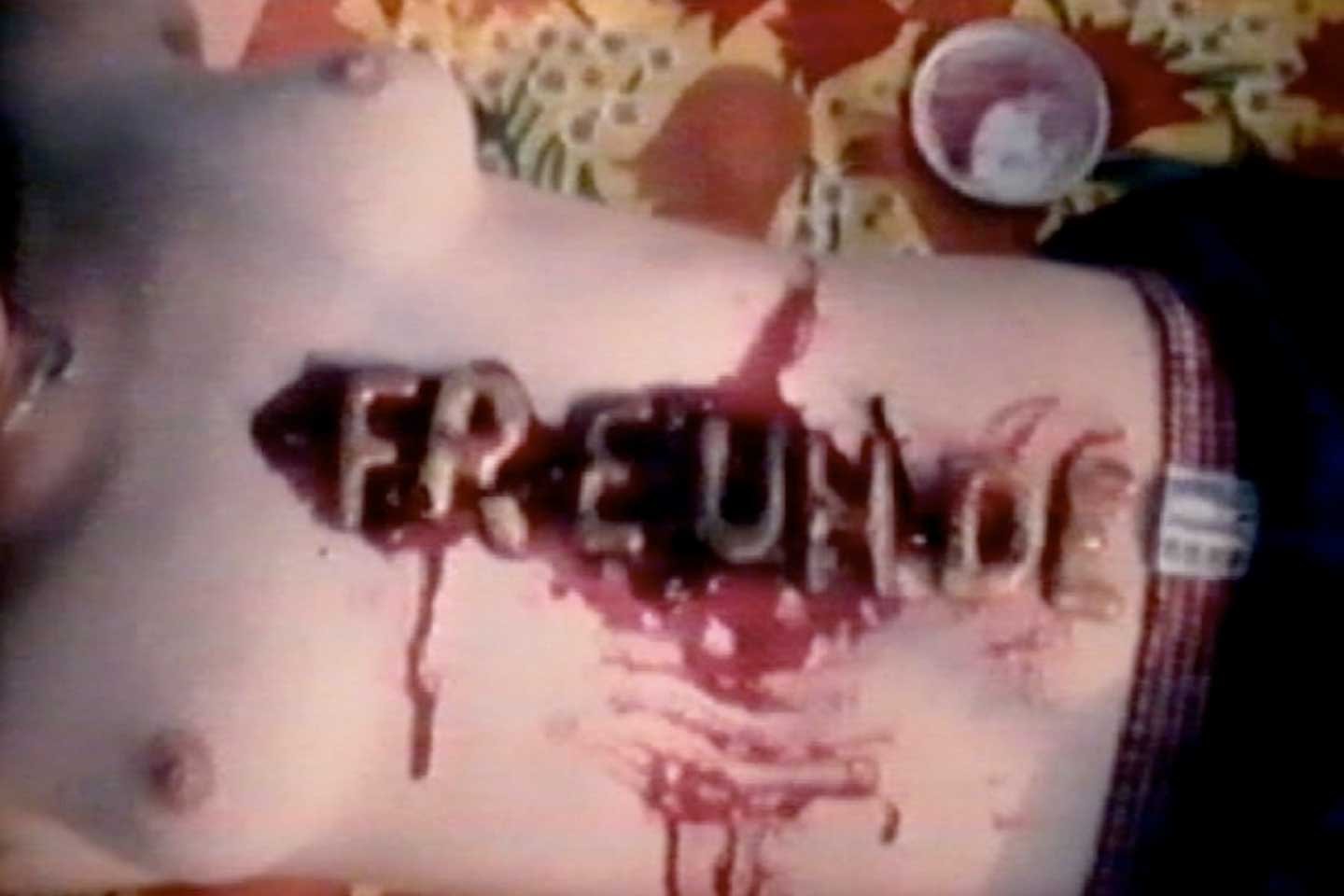Environmental (S)explorations
Borjana Gaković
The private is political – this maxim has characterized the feminist efforts since the 1970s, the so-called Second Women’s Movement, and decisively shaped the associated feminist film practice of those years in West Germany, Austria and Switzerland as well. As early as the 1960s, with the founding of the first film schools in the FRG (above all, the Institute for Film Design in Ulm and the DFFB in Berlin), the first post-war generation of women began to study film. The accessibility of 16mm film technology and later the video camera also made it easier for young women to experiment with film. Feminist film theory also developed in academia, first in the U.S. and the U.K., but soon in the rest of Europe. As early as the 1970s, a series of festival-like gatherings were organized, called “film seminars” in keeping with the rhetoric of the time, at least in German-speaking countries, before the first women’s film festivals were founded in the mid-1980s: Feminale in Cologne (founded in 1984) and Femme totale in Dortmund (founded in 1987). Experimental films were the predominant, most present form. This was partly due to the difficulty of gaining access to large budgets, since the producers and editors were mainly (patriarchal) men who saw in cinematography a form reserved for themselves.
But female filmmakers were clearly also concerned with setting themselves apart from patriarchal narrative cinema and inventing new formats, for which experimental film was particularly suited as a form, and which at the time was perceived as a part of feminist film theory, in addition to activist and aesthetic experimentation. Many films were about liberation on all levels: sexual, political, and aesthetic. Materiality played a major role.
The program assembled here focuses on a particular form of agency and liberation, and brings together works that are centrally devoted to explorations and negotiations of one’s own body in the environment in aesthetically diverse ways. Whether in a meadow, or on the streets or rooftops of the big city; whether on the subway or in a public restroom; whether as a humorous political and aesthetic commentary on mainstream cinema or as a Super 8 experiment. The directors find visual expression for the desire for the body, for looking and for self-determined living.








